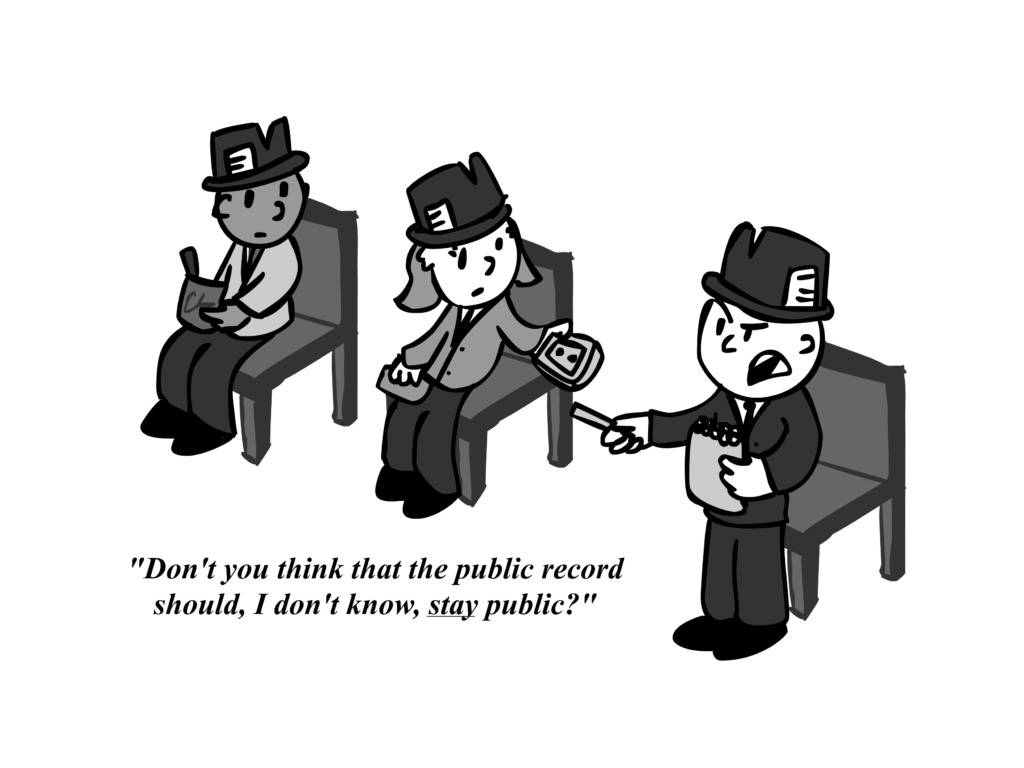Written by Rachel Wood, contributing writer
Nintendo’s newest console has taken the internet by storm – yet the console itself isn’t exactly new. The Super Nintendo Entertainment System (SNES) Classic, which hit shelves in September of this year, is being marketed as a more compact version of the original SNES, which was released in the United States in August 1991.
Nintendo’s recent marketing strategy has centered on capitalizing on nostalgia. The company’s most recognizable characters, including Link from “The Legend of Zelda” and Nintendo’s mascot Mario, have been part of their brand since the 1980s. In fact, almost every major character in Nintendo’s catalogue of games made their first appearance in either the late 80s or early 90s; most have also appeared in new games within the past two years.
New Intellectual Property (IP), or games which involve a completely new roster of characters, has been catalogue cornerstones for rivals Sony and Microsoft, but it is not something Nintendo usually invests in. And it’s easy to see why – if a console preloaded with classic games is flying off of the shelves for $80, why would they need to invest creative energy in creating new items?
For most major industry players, the video game marketplace relies on innovation, but I think Nintendo has cornered its market via exclusivity. Unlike other developers, Nintendo has held on tight to its IPs and has kept them around for decades. Because of this reluctance to share their property, there’s practically nonexistent cross-platform play; so, if you want to enjoy the newest Zelda game, you’ll be doing so on a Nintendo system.
Because of this niche role in the gaming market, Nintendo’s consoles may never be a major contender in the console war between the PlayStation and the Xbox. Nintendo has learned to set itself apart by relying on this unique strategy, and so far, it’s working.
However, despite reusing the same characters and similar storylines, Nintendo is constantly improving their adventure games, platformers and role-playing games. Their consoles, which have innovative controls and designs, have also made huge moves in the industry. The company is creating such high-quality products that it doesn’t seem to matter that some are simple remasters and rehashes of old material.
Some developers have attempted to mirror this approach with console exclusives, but the fact remains that Nintendo has forged a unique relationship between their property and consumers that isn’t easily replicated.
Nintendo’s strategy isn’t a bad one for the industry, despite their lack of new IPs to offer. By keeping their classic franchises at the head of their games, they have the opportunity to innovate new gameplay techniques without an extreme amount of risk because of their franchise’s following. And when Nintendo starts innovating, it forces other developers, like Sony and Microsoft, to follow suit.
If you’re in the mood for nostalgia, definitely consider picking up a SNES Classic. This is a great opportunity to relive some classic titles bundled together on one system. A retro take on the video game experience isn’t groundbreaking for Nintendo, but it sure seems to be working.
































































































